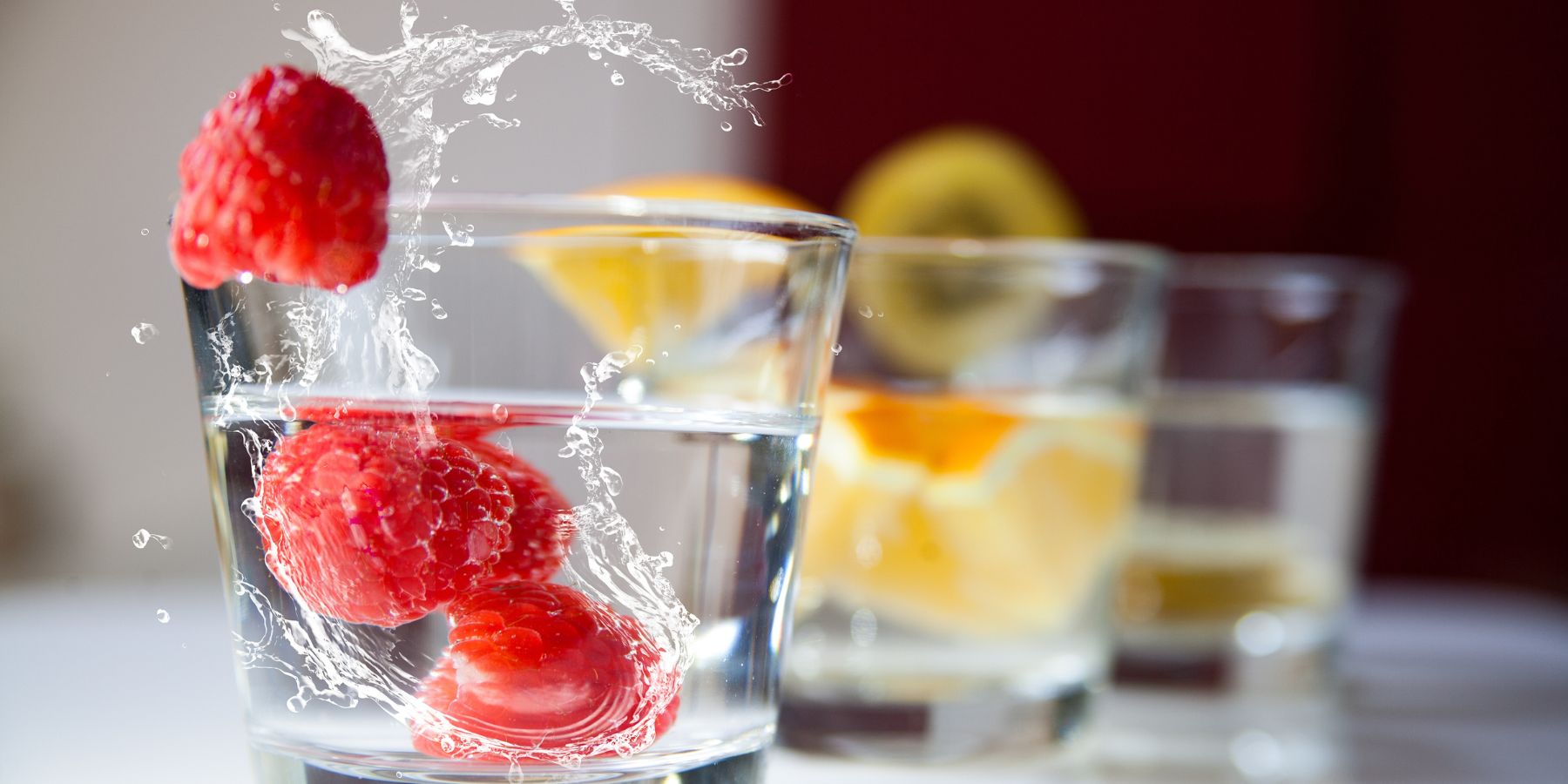Staying hydrated during air travel is important for your health and comfort. A common question many travelers have is whether they can bring a water bottle on a plane. This article provides clear guidelines and tips.
Understanding TSA Liquid Rules
TSA Regulations: The Transportation Security Administration (TSA) has specific rules about carrying liquids on a plane. These rules dictate that liquids must be in containers of 3.4 ounces (100 milliliters) or less and fit in a single quart-sized bag.
Water Bottles and the 3-1-1 Rule: Empty water bottles are allowed through TSA checkpoints. However, they must be empty when passing through security to comply with the 3-1-1 liquids rule.
Types of Water Bottles for Air Travel
Collapsible Water Bottles: These are great space savers and can be easily packed when empty.
Insulated Water Bottles: If you prefer your drink to stay cold or hot for longer periods, an insulated water bottle is a good choice.
Filling Your Water Bottle at the Airport
Water Fountains: Most airports have water fountains where you can fill your water bottle after passing through security.
Water Refill Stations: Some airports also have dedicated water refill stations for travelers’ convenience.
Benefits of Carrying a Water Bottle on Flights
Staying Hydrated: Airplane cabins have low humidity levels, which can lead to dehydration. Having a water bottle ensures you can stay hydrated throughout your flight.
Environmental Impact: Using a reusable water bottle reduces the reliance on single-use plastic bottles, making your travel more eco-friendly.
Tips for Staying Hydrated on Planes
Drink Regularly: Don’t wait until you feel thirsty to drink water. Sip water regularly throughout your flight.
Avoid Dehydrating Beverages: Limit consumption of alcohol, coffee, and tea, as these can contribute to dehydration.
Handling Security Checkpoints with a Water Bottle
Emptying Before Security: Remember to empty your water bottle before reaching the security checkpoint. You can refill it afterward.
Being Prepared for Inspection: Occasionally, TSA agents may want to inspect your empty water bottle. Be prepared for this and pack it for easy access.
Choosing the Right Water Bottle for Travel
Size and Convenience: Consider the size of the bottle and how it fits in your carry-on luggage. A compact and leak-proof design is ideal.
Material Considerations: Choose materials that are durable and safe, such as BPA-free plastics, stainless steel, or glass.
Water Bottle Etiquette on Planes
Using Bottle Responsibly: Be mindful when opening your bottle, especially if it’s full, to avoid spills.
Disposing of Waste Properly: If you use disposable bottles, ensure you dispose of them responsibly.
Conclusion
Bringing a water bottle on a plane is not only allowed but also a smart way to stay hydrated and reduce environmental impact. Understanding TSA rules and choosing the right bottle can make your air travel experience more comfortable and enjoyable.

